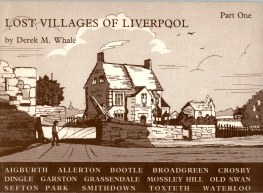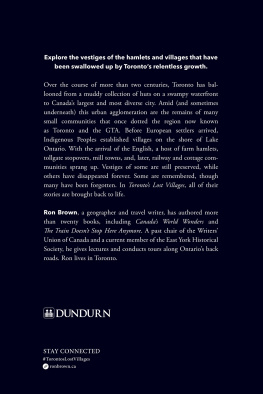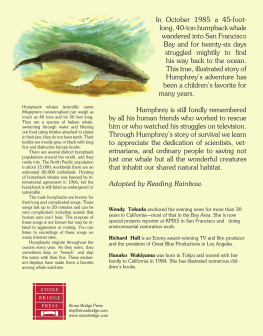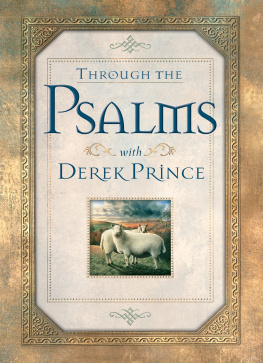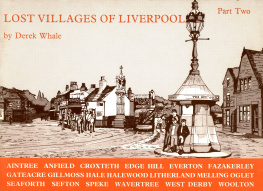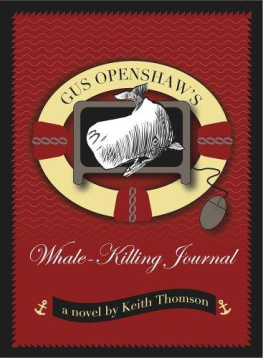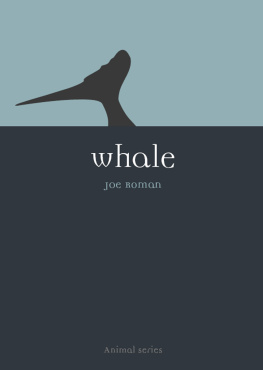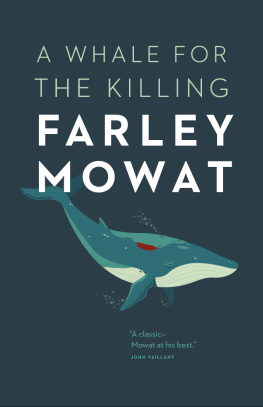Derek M. Whale - Lost Villages of Liverpool
Here you can read online Derek M. Whale - Lost Villages of Liverpool full text of the book (entire story) in english for free. Download pdf and epub, get meaning, cover and reviews about this ebook. genre: Non-fiction. Description of the work, (preface) as well as reviews are available. Best literature library LitArk.com created for fans of good reading and offers a wide selection of genres:
Romance novel
Science fiction
Adventure
Detective
Science
History
Home and family
Prose
Art
Politics
Computer
Non-fiction
Religion
Business
Children
Humor
Choose a favorite category and find really read worthwhile books. Enjoy immersion in the world of imagination, feel the emotions of the characters or learn something new for yourself, make an fascinating discovery.
- Book:Lost Villages of Liverpool
- Author:
- Genre:
- Rating:3 / 5
- Favourites:Add to favourites
- Your mark:
- 60
- 1
- 2
- 3
- 4
- 5
Lost Villages of Liverpool: summary, description and annotation
We offer to read an annotation, description, summary or preface (depends on what the author of the book "Lost Villages of Liverpool" wrote himself). If you haven't found the necessary information about the book — write in the comments, we will try to find it.
Lost Villages of Liverpool — read online for free the complete book (whole text) full work
Below is the text of the book, divided by pages. System saving the place of the last page read, allows you to conveniently read the book "Lost Villages of Liverpool" online for free, without having to search again every time where you left off. Put a bookmark, and you can go to the page where you finished reading at any time.
Font size:
Interval:
Bookmark:
We hope you have enjoyed Lost Villages of Liverpool Part One. We look forward to publishing Parts Two and Three shortly after the success of this booklet.
Part Two will include:
Aintree, Anfield, Croxteth, Edge Hill, Everton, Fazakerley, Gateacre, Gillmoss, Hale, Halewood, Litherland, Melling, Oglet, Seaforth, Sefton, Speke, Wavertree, West Derby & Woolton.
Part Three will include:
Calderstones, Childwall, Clubmoor, Dovecot, Huyton, Kirkby, Kirkdale, Knotty Ash, Knowsley, Newsham, Roby, Simonswood, Thingwall, Tuebrook, Prescot & Walton.
Please telephone 051-426 5161 to check the availability and prices.
To all lovers of old Liverpool and those who may still have much to learn about the history and heritage of the districts in which they live or have known.
I have tried to keep within the boundaries of the areas mentioned and which are generally known by the names given.
However, because borders are somewhat tenuous, occasional incursions into neighbouring territory have occurred here and there, sometimes to link places and events.
This book includes:
Liverpool (Introduction to the series), Aigburth, Allerton, Bootle, Crosby, Garston, Mossley Hill, Old Swan, Toxteth & Waterloo.
For contents of Parts Two & Three please see inside back cover.
The cover is a reproduction of a drawing by Herdman of Old Swan Manor House which was built in 1715. At the time of this drawing it was being used as a farmhouse.
The author thanks the copyright holders of the photographs and illustrations used in this book particularly the Daily Post and Echo and also those whom it has not been possible to trace.
ISBN 0 901314 24 2
Derek Whale 1984 PRINTED BY T. STEPHENSON & SONS LTD., PRESCOT, MERSEYSIDE.
Have you ever wondered how the district in which you live got its name ... and many others hereabouts, like Aigburth, Bootle, Crosby, Everton, Fazakerley, Kirkdale, Toxteth and Wavertree? They were all once attractive little villages and settlements before the great city of Liverpool engulfed them.
And have you ever tried to visualise the natural landscape of Merseyside, say at the time when the Romans and the Danes saw it? What a beautiful area must have met their gaze rolling hills and dales, some wooded, some clad in gorse, bracken and heather, broken by outcrops of red and yellow sandstone, like that on the Great Heath, and bird-filled green marshes. There were large forests, too one embracing West Derby and another at Toxteth, where the deer and the wild boar roamed, and maybe a wolf or two.
Pure water ran in the streams which wound their way from the highlands which were to become Everton, Old Swan and Edge Hill. These flowed into the broad, clean Mersey, whose fish-filled tides washed the sands of its banks, lying red and gold before pretty wooded creeks, low sandstone cliffs, marshes and sandhills.
Iron Age man and the ancient Celts knew this land and settled in some choice spots. The names they gave to their settlements will never be known. But the names of some of those areas, inhabited by the Anglo-Saxons and the Danes, (who sailed their longboats up the Mersey long before William of Normandy himself a descendant of a Viking and his army conquered Britain), still survive after more than a thousand years.
Kings eventually cast envious eyes on this fair region of the North West and, gradually realising the strategic geographical position and potential wealth of the tiny fishing village of Liverpool, encouraged its growth. A castle or two... royal hunting park and lodges... baronial manor houses sprang up. And after the hunters came the farmers, who marshalled some of the wild land into little arable plots. Windmills rose on hilltops and raised their flailing arms into the prevailing strong winds blowing in from the western sea. Knots of cottages cropped up. These were the farmsteads and hamlets which were to become villages and townships. Some took their names from the far more ancient sites on which they were built.
In the year 1565, when Liverpool contained but 138 houses and her ships totalled only 233 tons, a citizens' petition to Queen Elizabeth referred to their home as "Her Majesty's poor decayed town". But it certainly didn't decay for much longer...
More and more people migrated to Liverpool and settled here, from the north and south, from Wales and Ireland. Many came from the London area, which had suffered severe losses through plagues and, of course, the Great Fire.
Liverpool prospered and grew and grew. The muddy lanes between the villages became turnpike roads of importance; stage-coaches made way for trains and tramcars; great ships were built and traded with the world. Industry and commerce thrived and the mighty Mersey became the gateway through which riches of the earth passed in and out. The town became a city and finally enveloped the picturesque white-washed cottages of the once-isolated country villages around it within its great smoky cloak.

This beautiful shoreline was part of the natural Dingle, close to ancient "Knot Hole." It all disappeared when the oil terminal was developed on the site.
Today, it is very difficult to imagine those places of old, even though we live on the sites where they stood. How hard, for example, to imagine pretty Kirkdale, nestling on the Mersey coast between sandhills and the grassy slopes of Everton, before whose windswept heights spread the panorama of wooded Wirral, two great golden estuaries, the sparkling sea and glorious sunsets against a backdrop of mountains, making this one of the loveliest views in Britain.
Countless thousands of us have lived hereabouts all our lives and yet still remain unaware of much of the fascinating history surrounding us. So, before we begin to break down our great sprawling city into the districts the old villages have now become, let's first look into the two major local names Mersey and Liverpool...
How the Mersey obtained its name is hard to define and various explanations have been suggested. The Romans, who probably first came to these parts about 2,000 years ago, are thought to have named our great river the Belisama (and the Dee, Seteia). One opinion is that the name is connected with England's huge midland kingdom, Mercia, which developed with the Anglo-Saxon invasions, and which embraced the whole of today's Merseyside.
Mersea (Anglo-Saxon Meres-ig) is also explained as the "sea island," although "lake" or "pool" island would be more appropriate in this instance. The will of the Mercian nobleman Wulfric Spott, confirmed by King Ethelred in 1004, contained the earliest Saxon mention of the Mersey. Wulfric bequeathed to his sons the lands "betwuxt Ribbel and Maerse and on Wirhalum." And, in the Domesday Book, the Mersey is called Mersha ("Inter Ripam et Mersham").
Perhaps Whitaker, the old Manchester historian, writing about this more than 200 years ago, established what could be the nearest to the true etymology of Mersey as the river named in Wulfric's will. Reading Maersc instead of Maerse,. he remarked: "... from the marshes and marshy meadows that skirt its channel on both sides in one continued line to the sea, obtaining the descriptive denomination of Mersc-ey, Mersey, or marshy water."
No-one is absolutely certain of how Liverpool itself obtained its name and etymologists have pored over the "liver" part of this for centuries. The general consensus of opinion, however, is that it relates to the "thick" or "muddy" pool.
Next pageFont size:
Interval:
Bookmark:
Similar books «Lost Villages of Liverpool»
Look at similar books to Lost Villages of Liverpool. We have selected literature similar in name and meaning in the hope of providing readers with more options to find new, interesting, not yet read works.
Discussion, reviews of the book Lost Villages of Liverpool and just readers' own opinions. Leave your comments, write what you think about the work, its meaning or the main characters. Specify what exactly you liked and what you didn't like, and why you think so.

